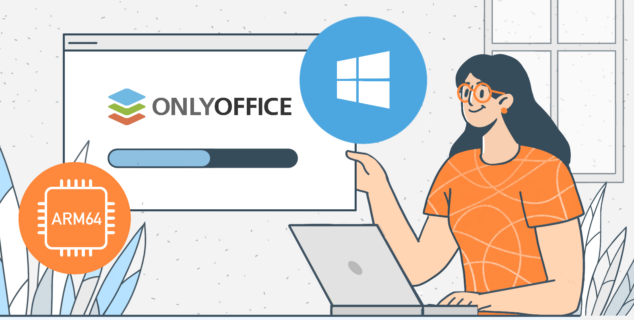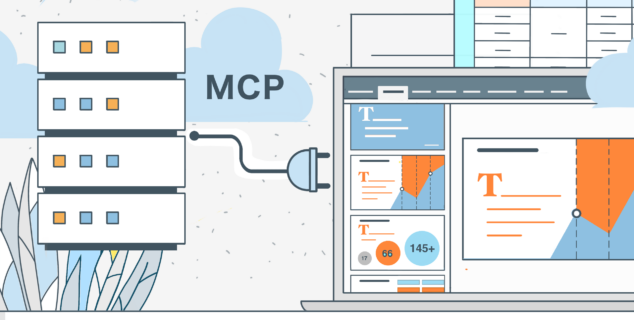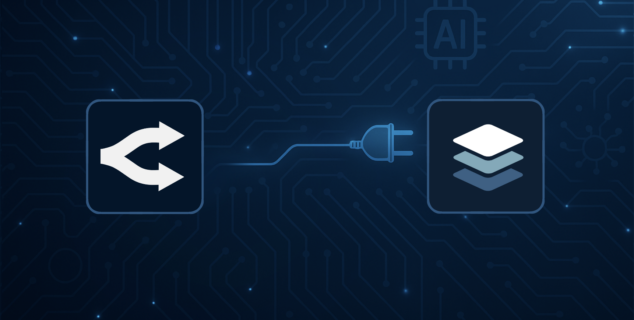Cloud vs SaaS: they go together like bee and honey
 Nowadays the term Software as a Service (SaaS) is firmly established in the Enterprise 2.0 field. It describes a way of providing software on demand which is ready to use and accessible online, from anywhere. We’ve often heard such word combinations as “cloud computing” or “software in the cloud” in relation to SaaS. However, the meaning of the terms SaaS and Cloud still remains vague and it is difficut to understand how exactly they are connected. No wonder that ReadWriteWeb listed “Cloud Computing” and “Software as a Service” among Top 5 Worst Terms in the World of the Cloud.
Nowadays the term Software as a Service (SaaS) is firmly established in the Enterprise 2.0 field. It describes a way of providing software on demand which is ready to use and accessible online, from anywhere. We’ve often heard such word combinations as “cloud computing” or “software in the cloud” in relation to SaaS. However, the meaning of the terms SaaS and Cloud still remains vague and it is difficut to understand how exactly they are connected. No wonder that ReadWriteWeb listed “Cloud Computing” and “Software as a Service” among Top 5 Worst Terms in the World of the Cloud.
Our team got interested about what people think about these two terms, whether they perceive them as synonyms or not, and if not, how they distinguish them. To collect opinions we published a survey on surveymonkey.com.
The results prove that there is no unique, unambiguous understanding of SaaS and Cloud. For example, a great number of respondents defined both the terms as “service on demand” or “software on demand”. However, interestingly enough, the majority still see a difference between them (to view the response summary follow this link).
To get a deeper insight into this topic, we addressed the same question to Enterprise 2.0 community on LinkedIn. We got answers from 15 experts who generally had a similar opinion. Here are our conclusions on the discussion:
- SaaS and Cloud are closely connected and we usually use them as synonyms, although there is a principal difference between these terms.
- In case of SaaS we talk about a service provision model.
- In case of Cloud we usually mean a technology used to deliver software.
We would like to explain these statements taking TeamLab platform as an example.
TeamLab platform is available as a free SaaS solution. This provision model means that you only need to register to start using your online enterprise portal. There is no need to install, patch or upgrade anything – this all is seamlessly done by us, developers.
TeamLab SaaS solution gives you the following benefits:
- Fast implementation. It takes less than a minute to create your portal and start using it.
- Automatic updates. Your portal is renewed automatically with each new update or release.
- Accessibility. You can access TeamLab from anywhere over the Internet.
- Fewer bugs. Due to online portal deployment there are no bugs caused by hardware incompatibility and other issues.
- Cost-effectiveness. You don’t use the portal on your own server, so there are no infrastructure costs.
Now about the origin of the term “cloud”. Initially it was considered as a metaphor to the Internet, but nowadays it has a more narrow meaning. Cloud computing means there’s just one code base for the software which is available for all users, in what’s called a multitenant architecture. While TeamLab is more or less configurable to your particular needs, the code itself is the same for all users.
Cloud computing environment gives certain flexibility to us, developers. As you don’t run TeamLab on your own servers, there is no need for us to provide several portal versions, as well as manage compatibility. We can implement updates efficiently and make them available to you fast. As a result, cloud computing works for us like a bee delivering high-quality honey – software as a service which makes your life easier!!
Create your free ONLYOFFICE account
View, edit and collaborate on docs, sheets, slides, forms, and PDF files online.


